Urgent Action Needed to Combat Amazon Wildfires
Written on
The Amazon Rainforest: A Call to Action
Working for an organization committed to the preservation of the Amazon Rainforest has been one of the most fulfilling experiences in my life. The knowledge that our efforts were making a tangible difference was truly inspiring. Moreover, I gained invaluable insights into this extraordinary ecosystem that is crucial for our survival.
Even though I am no longer directly involved with the Amazon cause, I continue to stay informed about developments in this area. Recent events, particularly the surge in wildfires, demand our attention.
In 2023, wildfires in Brazil's ancient forests surged by a staggering 152%, threatening to push us toward an irreversible ecological crisis. While there was a decline in deforestation last year, the rising frequency and intensity of these fires present a significant challenge to the Amazon, which serves as a crucial environmental safeguard for our planet.
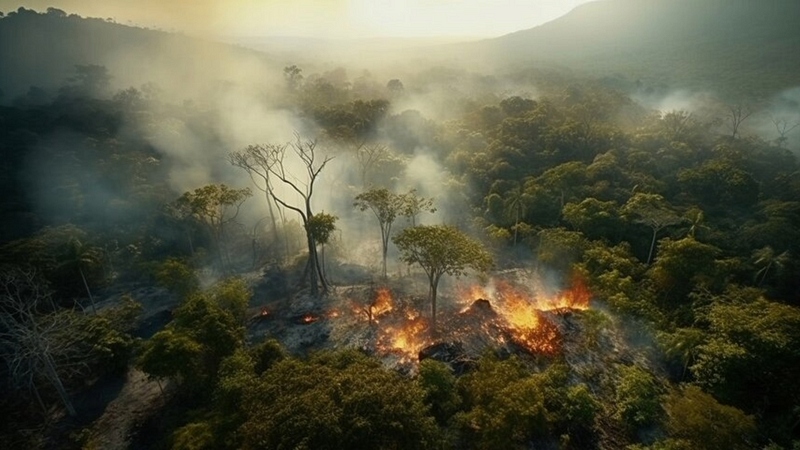
Understanding the Impacts of Wildfires
Not all wildfires have the same consequences. The ramifications of fires in the Amazon extend far beyond their immediate destruction; they edge us closer to a critical ecological threshold known as the "Amazon tipping point." This term, discussed in detail in a previous collaboration with Dr. Pine, describes a point where the rainforest's ecological balance deteriorates, potentially transforming it into a dry savannah.
One alarming aspect of the heightened fire activity, especially in eastern Amazonia—where much of the rainfall is generated—is how it hastens our approach to this tipping point. The eastern regions play a pivotal role in creating the moisture that sustains the entire rainforest's precipitation as clouds travel from east to west. Fires in this area not only destroy the forest but also reduce its ability to regenerate, disrupting the hydrological cycles vital for rain production across the region.
The global ramifications of reaching the Amazon tipping point could be catastrophic. The Amazon influences rainfall patterns across the Western Hemisphere and affects ocean currents in the Atlantic. A compromised Amazon would alter weather patterns worldwide, impacting agricultural yields, food security, and water availability.
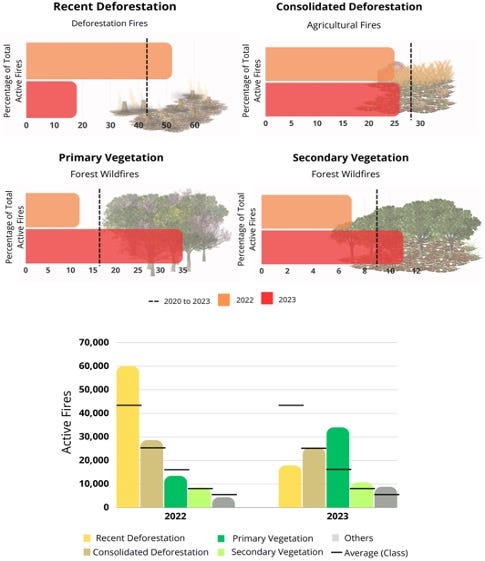
Droughts and Their Consequences
In Brazil, regions like São Paulo have been grappling with severe droughts in recent years, particularly during El Niño-La Niña cycles. For instance, the 2014 drought saw water reservoirs plummet to just 5% of their capacity, affecting 22 million residents. Without the state's proactive water management efforts, the 2018 drought could have had similarly disastrous effects.
In 2021, water levels on the Paraná River were approximately 30 feet below normal, threatening cargo transportation and inflating costs. The arid conditions also hindered the production of key Brazilian crops such as coffee, corn, sugarcane, and oranges, with coffee yields in São Paulo state dropping below their usual biannual averages.
Additionally, the Cantareira Water Supply System, which provides water to half of São Paulo's metropolitan area, is increasingly burdened by sediment accumulation, necessitating regular dredging to ensure clean drinking water. This buildup also degrades infrastructure and raises maintenance costs.
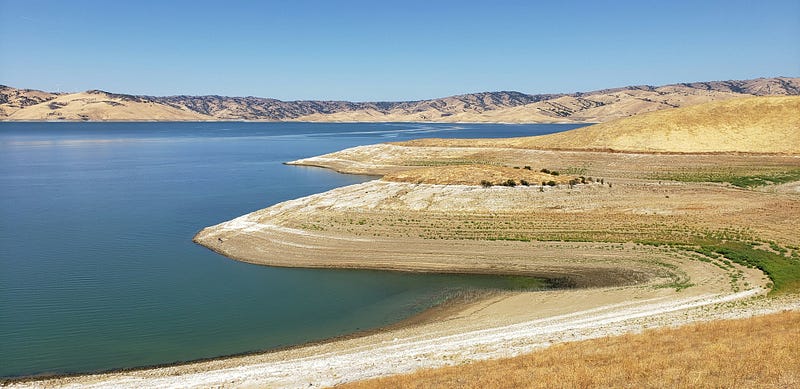
The Global Climate Consequences
The effects of increased deforestation and wildfires extend beyond regional water supplies. The degradation of the Amazon as a carbon sink would accelerate global climate change, transforming the region from a net absorber of carbon dioxide into a significant source. This troubling trend has already been observed in certain areas of the Amazon.
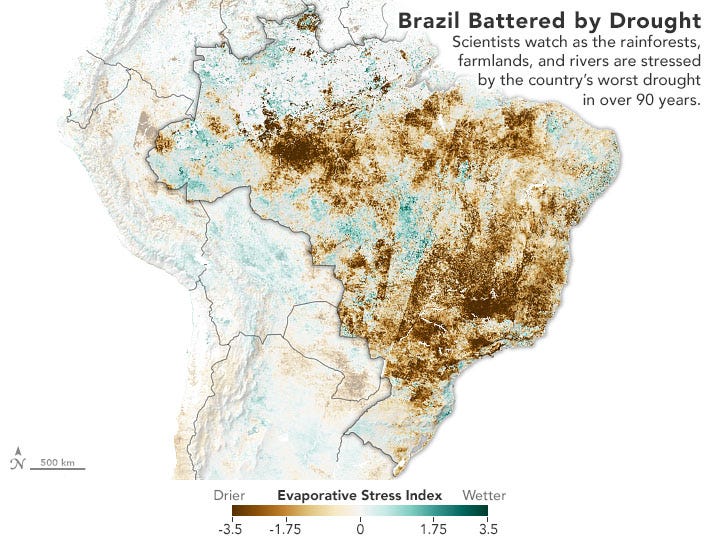
A Multifaceted Approach Needed
To tackle the escalating fire outbreaks in the Amazon, a strategic and comprehensive approach is essential. Strengthening enforcement of anti-deforestation laws and enhancing firefighting capabilities should be prioritized. International cooperation and funding are crucial, as the health of the Amazon is a global issue that affects climate regulation worldwide.
Technological advancements can also play a vital role. Enhanced satellite monitoring can identify early signs of deforestation and fires, allowing for more timely responses. Utilizing artificial intelligence can help predict fire outbreaks, potentially preventing them before they start.
Community involvement is equally important. Indigenous and local populations, who are most affected by these fires, possess invaluable knowledge of traditional land management practices that can mitigate fire risks. Supporting these communities in implementing sustainable land use strategies and incorporating their expertise into broader fire prevention initiatives can significantly reduce the occurrence of uncontrolled fires.
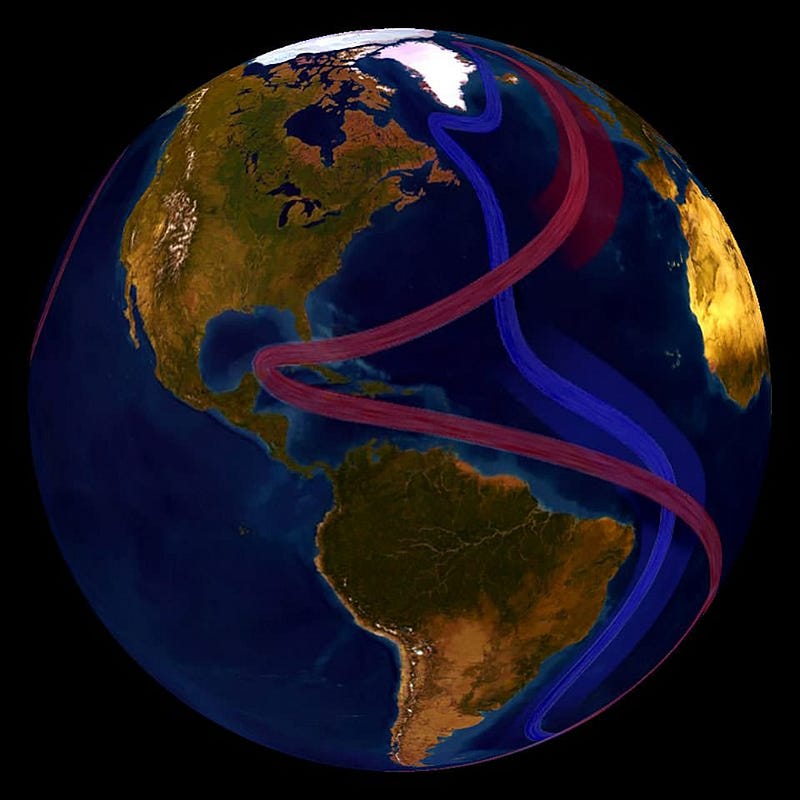
The Role of Education and Research
Raising awareness about the significance of the Amazon and its tipping point is vital for fostering global action. Continued research into sustainable agricultural practices that minimize the necessity for slash-and-burn techniques can help lower fire risks while promoting economic growth without further damaging the forest.
The battle against the increasing incidence of wildfires in the Amazon is exhausting, but it is not a lost cause—at least not yet. By uniting our efforts through stronger policy enforcement, community engagement, technological innovations, and international collaboration, we can safeguard this invaluable ecological treasure. This endeavor is not only about preserving a forest; it is also about securing our global climate future and economic stability. The message is clear: we must act now to ensure the Amazon continues to thrive for future generations.
This video discusses the alarming rise of wildfires in the Amazon, particularly in February. It highlights the environmental implications and urges immediate action.
This video examines how climate change is heightening the risk of wildfires in the Amazon and explores the establishment of a new disaster response hub in Southern California.